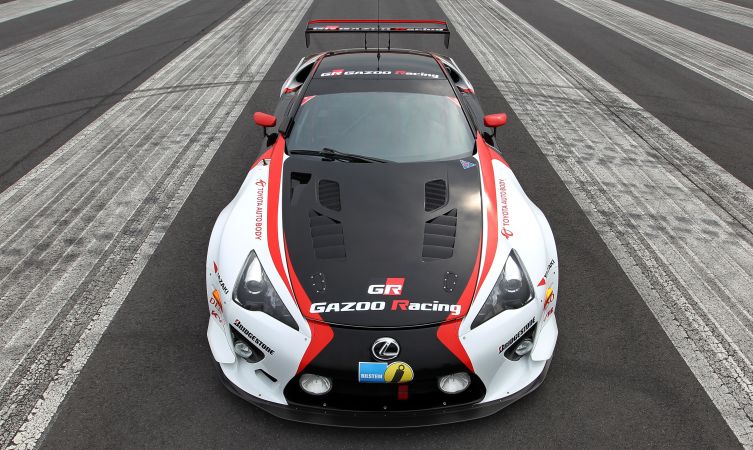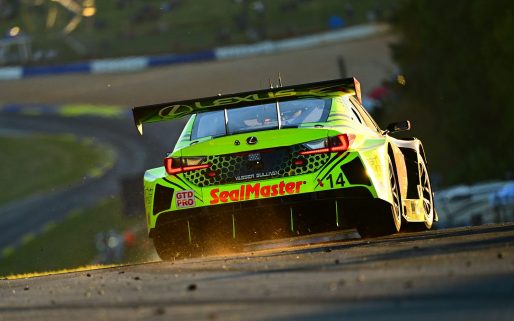Lexus launched its international race programme in 2015 with a clear plan for the newly engineered Lexus RC F GT3 to enter key endurance series and promote the sporting image of the brand, as exemplified by our high-performance ‘F’ line.
However, many years before this, Lexus had been busily laying its motorsport foundation on a more regional level and with impressive results. We look back at some of the important milestones that led up to the 2015 launch, and then remind ourselves of some of the more recent track successes since then.

1999 – Lexus entered the world of motorsport with two GS 400 models prepared for the Grand-American Motorola Cup Sports class. Team Lexus won its sixth race in this inaugural year and went on to claim two track records and four podium finishes.
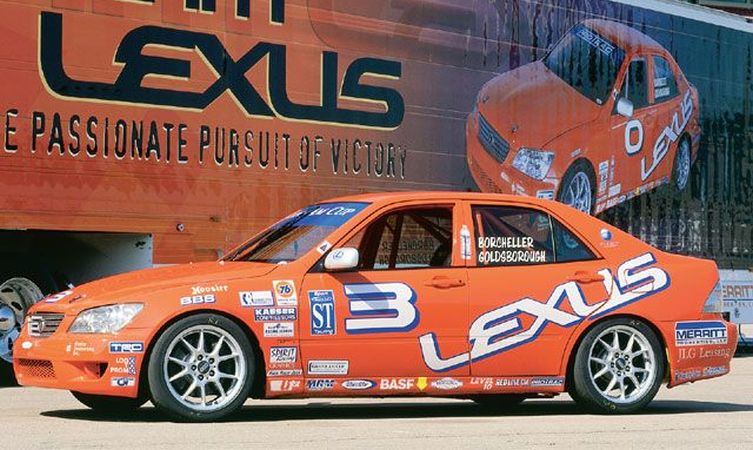
2001 – Team Lexus debuted three new IS 300 race cars in the Grand-American Cup North American Street Stock Series. The model was competitive immediately, scoring its first pole position in its fourth race and first race win in the fifth round.

2001 – On the other side of the Atlantic, 2001 saw the less powerful IS 200 make its first appearance in the MSA British Touring Car Championship in the hands of privateer team TotalMotorSport Racing. Though not officially supported by Lexus GB, the car was regarded as the fastest non-works machine in the championship.
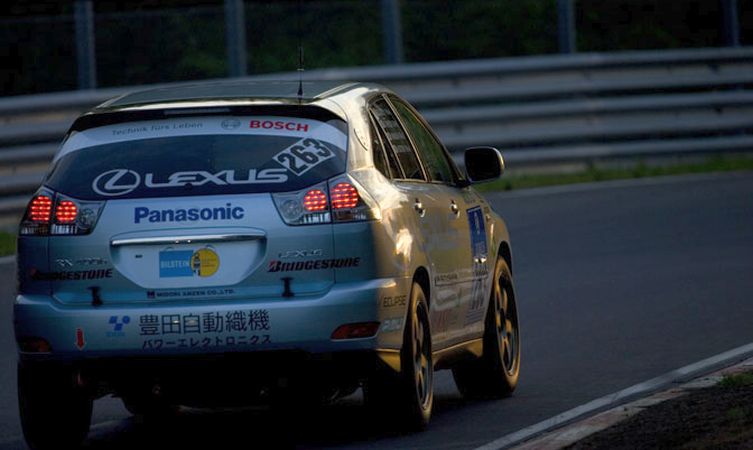
2005 – Lexus became the first car manufacturer to compete in a major endurance race with a full hybrid car. This notoriety began with the Lexus RX 400h – not the most traditional of vehicles to take part in the Nürburgring 24-hour race but its success proved that hybrid technology was a viable alternative to diesel in the alternative fuels class. (Photo: Speedhunters)
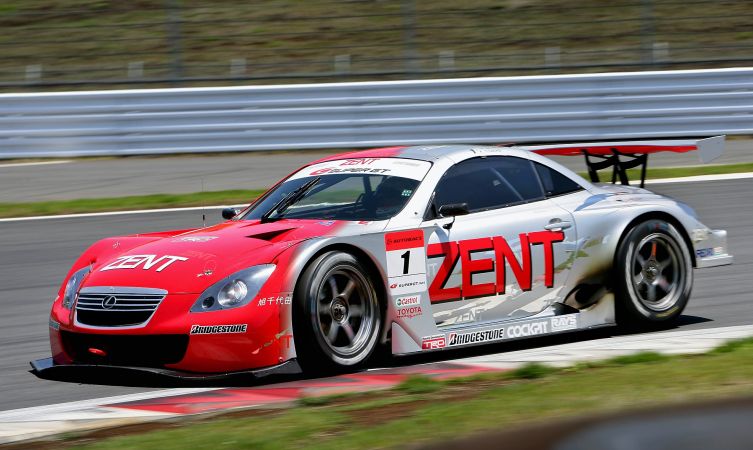
2006 – Following the launch of Lexus in Japan, parent company Toyota decided that the Lexus SC 430 coupe should succeed its Supra race car in the domestic Super GT series of the All-Japan Grand Touring Car Championship. A total of four SC 430 models were prepared for the premier GT500 class, where the model was immediately successful. An SC 430 won the debut race of the 2006 season and went on to capture the overall class championship. The model continued to be a dominant force in GT500 until it was retired at the end of the 2010 season.

2006 – Following its introduction as the world’s first rear-wheel drive hybrid sports saloon, and buoyed by the success of the RX 400h in the previous year’s Nürburgring 24-hour race, Lexus entered the new GS 450h in Japan’s only 24-hour race. The production-based GS finished fourth in its class and 17th overall in a field of 33 cars. But more importantly, its involvement allowed Lexus engineers to collect more vital data on the potential of hybrid systems in top-level motorsport.

2008 – Lexus joined the lower power GT300 class of Japan’s Super GT series with an IS 350 in 2008. During its debut season the car won its fifth race, but in the following season it powered its two pilots to the double-whammy of the drivers’ and team championships.
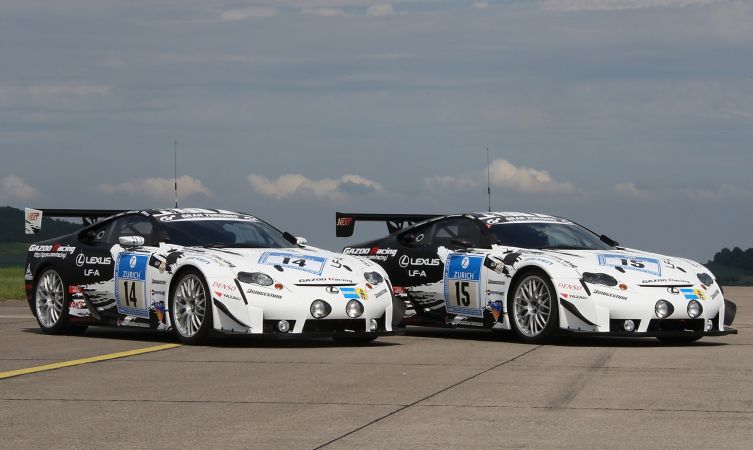
2009 – This year Lexus repeated the unusual decision to race its LF-A concept in the gruelling Nürburgring 24-hour race. The 2008 event was marred by an early crash, so for 2009 the investment was increased with the entry of two LF-A concepts and a production Lexus IS F in the SP8 class. One of the LF-A models posted the fastest lap time in the class and set a top speed just 2.5mph slower than the fastest car in the top SP9 class.

2010 – A duo of production-specification Lexus LFA models once again took part in the Nürburgring 24-hour race, this time improving on the previous year’s performance with an overall class win. The purpose of competing for these past three years was to use the accumulated data and track experience to finalise development of the LFA before it entered production in December 2010.
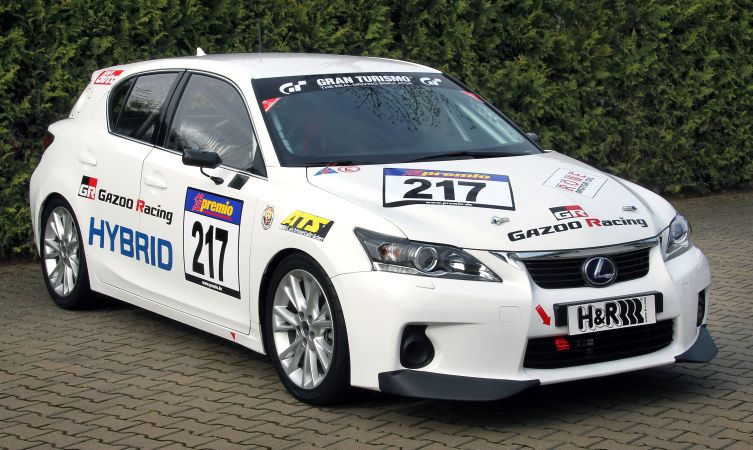
2011 – The race debut of the Lexus CT 200h took place in the six-hour Adenauer ADAC Rundstrecken-Trophy at the Nürburgring. Primed by the same team responsible for the Lexus LFA race cars, the modified CT was particularly notable for proving the endurance and power of the forthcoming 2.4-litre Lexus Hybrid Drive petrol engine now fitted to the IS 300h, GS 300h and NX 300h.
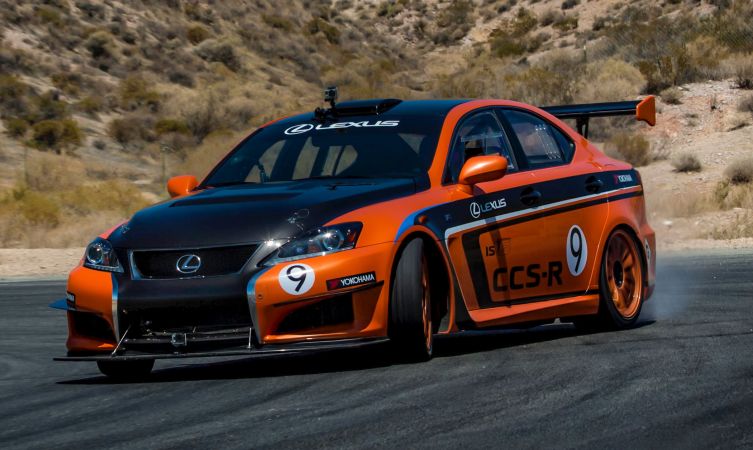
2012 – The true purpose behind the development of the track-ready Lexus IS F CCS-R was similarly shrouded mystery. Revealed at the 2011 Tokyo Auto Salon, the CCS-R was used in anger on the 2012 and 2013 Pikes Peak International Hill Climb, achieving second and first places respectively in the event’s exhibition class. It was initially thought that the car’s enlarged 5.0-litre V8 and extensive use of carbon was to combat the debilitating effect of thin air at altitude. It later turned out that the car was a development mule for the forthcoming Lexus RC F Carbon.

2014 – Unveiled at the Geneva Motor Show, the Lexus RC F GT3 Racing Concept was the car tasked with taking the motorsport baton from the LFA and running off into the distance with it. That intention was reinforced with the model’s introduction into the GT500 class of Japan’s Super GT series. Five race-prepared RC F models entered the first race and delivered impressive one-two-four finishes. Perhaps most impressive was the car’s performance in the Suzuka 1,000km (see below), where it led the field for five-and-a-half hours and every one of its 173 laps.
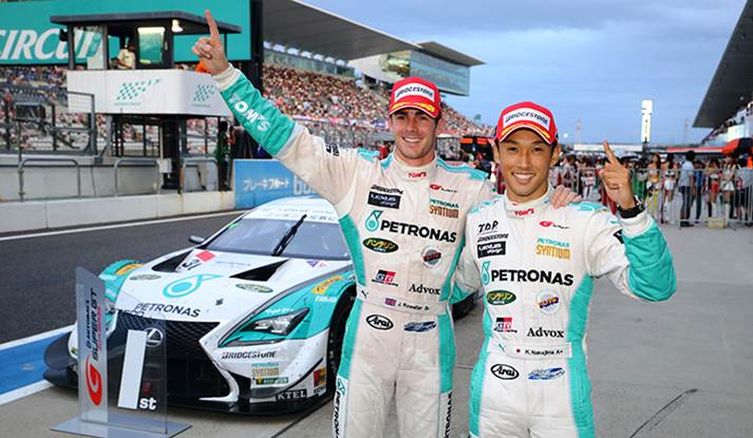
2015 – At the North American International Auto Show, Lexus Racing revealed its new logo (see below) and details of its exciting new international race programme spearheaded by the Lexus RC F GT3. As well as continuing its involvement in domestic Super GT, 2015 saw the coupe homologated for competition in Europe’s FIA GT3 category.

2016 – Lexus became the first Asian car maker to win a VLN Endurance Championship race at the Nürburgring Nordschleife. An RC F GT3 prototype claimed overall victory at the VLN9 race on 8 October 2016. Outstanding results were also experienced in Super GT, where the RC F GT500 dominated the series with drivers Heikki Kovalainen and Kohei Hirate respectively claiming the team and drivers’ championship titles.
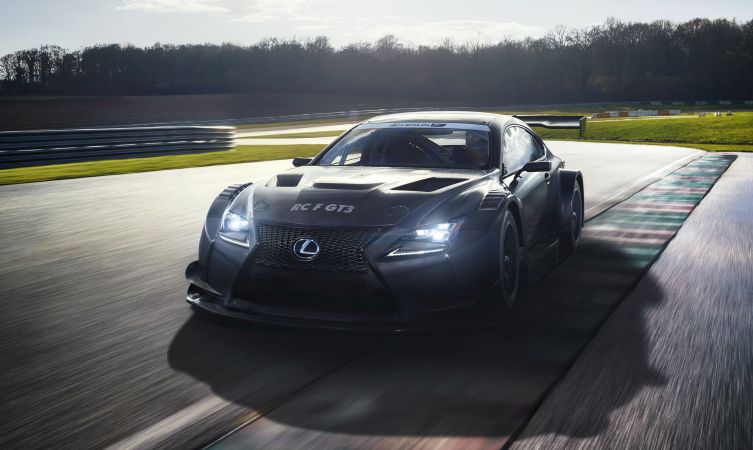
2017 – Following its official homologation by the FIA, motorsport’s governing body, the RC F GT3 was swiftly enrolled in championships in the USA and Japan, as well as a number of selected European races, including the high-profile International GT Open series. But just as the RC F GT3 was welcomed on the international stage, rule changes in Japan’s Super GT championship forced Lexus to switch models and enter a race-prepared LC in the top GT500 category. And it was an astonishing debut, with all six cars locking out the top six places in the opening round.
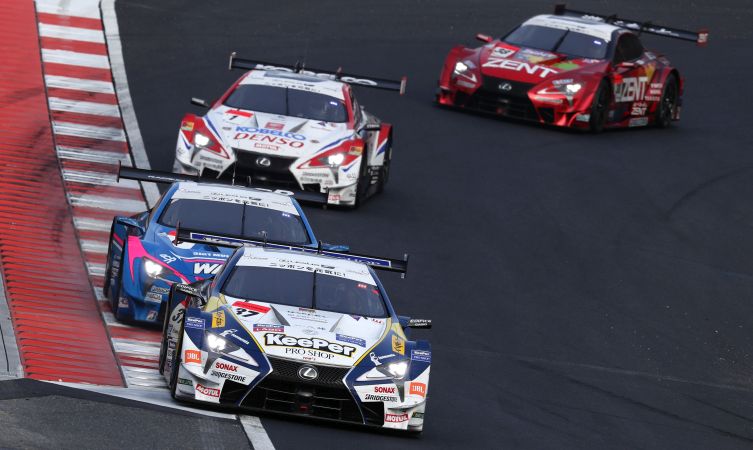
2018 – This year saw the Lexus RC F GT3 move up the ladder of international motorsport with a full season of participation in the prestigious Blancpain GT Series. Two models were entered by the privately run Emil Frey race team, an outfit that had already claimed four race wins in the vehicle’s maiden season. A sensational first victory was achieved at the Paul Ricard circuit in June, a race that was rare in offering so much close action throughout its 1,000km distance.
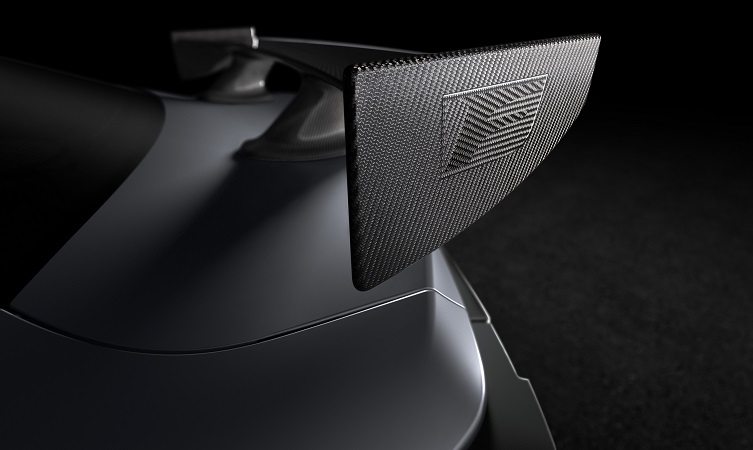
2019 – Inspired by its GT3 competitor, Lexus revealed the RC F Track Edition (teased above) with exclusive performance styling upgrades, developed with input from international Lexus GT racing teams. Meanwhile, the recently upgraded Super GT specification LC 500 turned out to be a class above the rest and ended the year with five victories in the GT500 category, including three podium lockouts.
